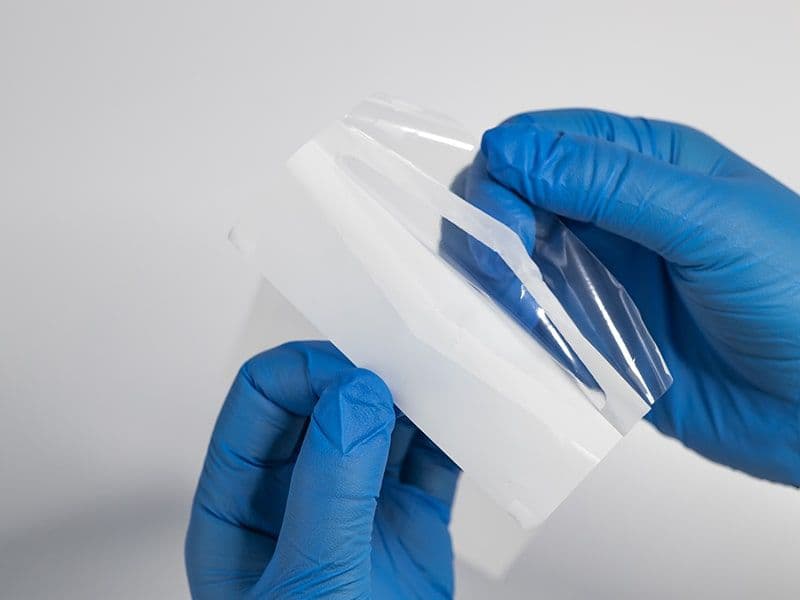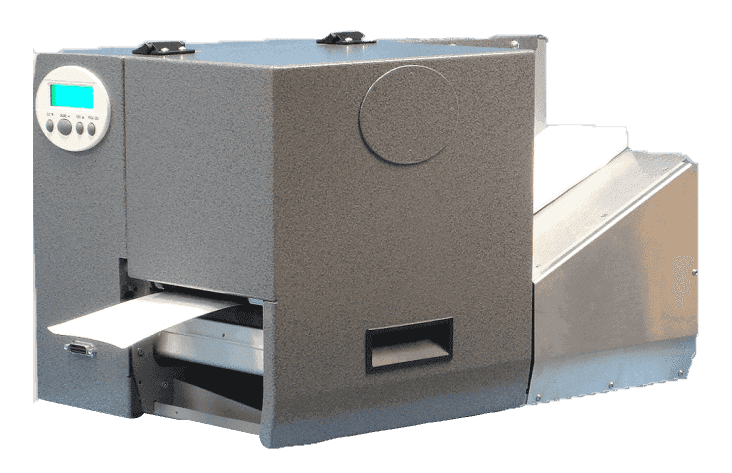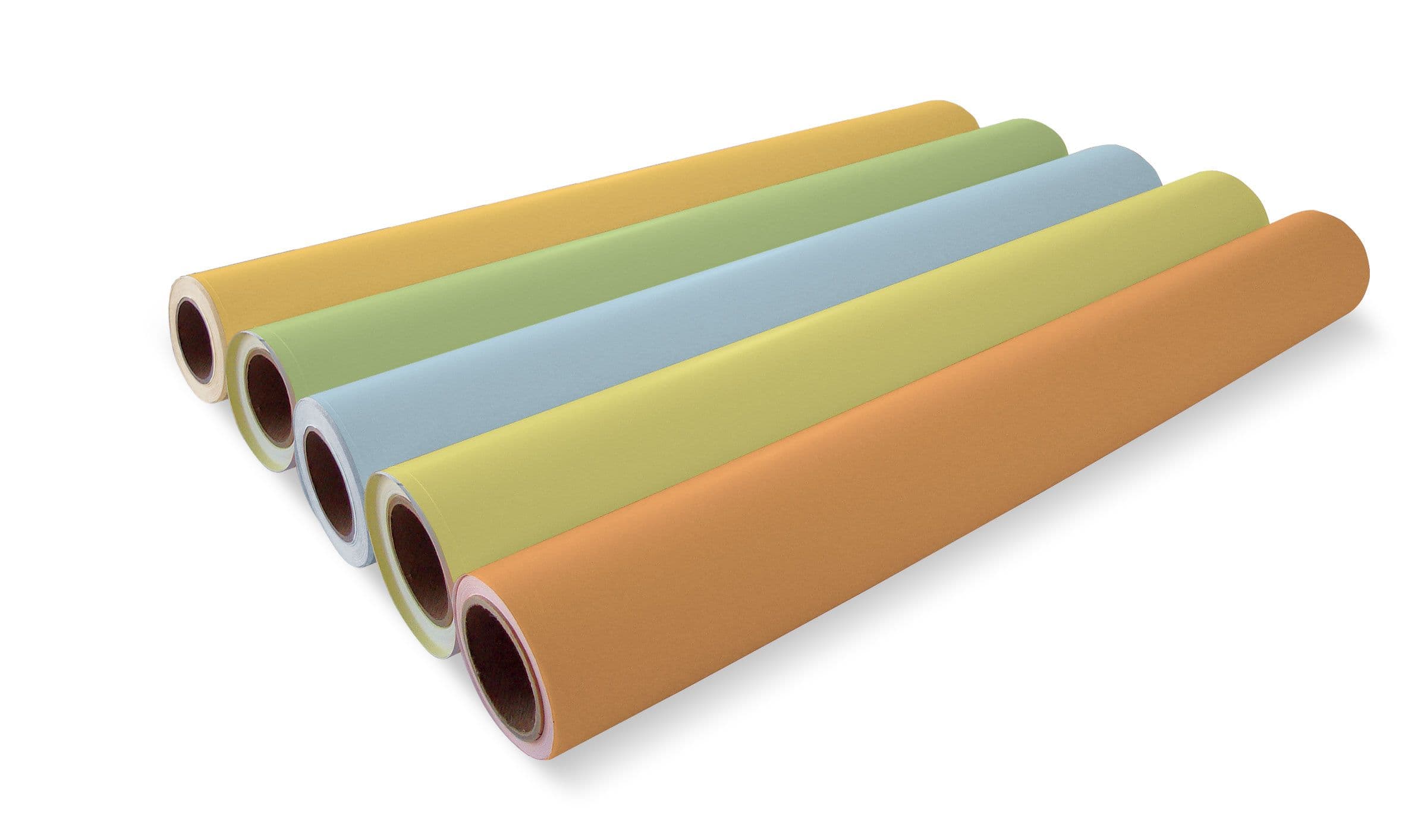Tyvek has been around for more than 40 years now, and in that time has been found useful in a vast variety of roles. It has been used to protect building sites, made into HazMat suits, and even used in fashion design.
Tyvek is a registered trademark of Du Pont, who first discovered the material in 1955. It was trademarked in 1965, and released for general use two years later. Since then is has become ubiquitous in many industries, and is now used extensively in packaging.
Whilst superficially similar to paper, Tyvek is actually made of spun bond Olefin fibers (similar to Olefin fabric), each between 0.5-10 µm in width, which are compressed and heated in order to bond them together. This construction technique gives Tyvek its great strength, and also makes it totally waterproof.
One of its most common applications is in medical packaging. In fact, it is difficult to imagine modern medical packaging without Tyvek. Its unique properties mean that it is exceptionally well suited to these applications. Tyvek material is valued for this role for a variety of reasons. It is extremely strong, being exceptionally resistant to tearing, whilst also being easily cut to size. It is also impermeable, meaning that items packed inside it can say sterile for long periods.
Advantages of Tyvek Pouches in Medical Equipment#
First and foremost, the strength of Tyvek material means that it can deal with long periods of storage, and put up with being transported long distances. This is especially important in healthcare and medical product packaging, because quite often the factory producing medical devices and packaging them is a long way from where the item will eventually be used.
In addition, the fact that Tyvek is totally waterproof means that even if liquids are accidentally spilled onto it, the equipment stored inside stays sterile. Being non-adsorbent, it also retains its strength when wet, so that the packaging will not rip or tear even in damp conditions.
Tyvek medical packaging is also extremely easy to work with in the field. Medical practitioners value packaging made of Tyvek not only because they trust its sterility, but also because unwrapping devices packed in it is quick and easy. It is easy to dispose of in medical settings, also, which is one reason why many healthcare systems insist that supplies come packaged in Tyvek.
The ease of working with Tyvek is also a great advantage. Packaging can be easily cut to size, and when cut the material does not fray or otherwise misbehave. This means that the automated production of Tyvek medical packaging is easy, and industrial engineers value the material for how reliably it performs when being fed through machines.
Bonding pouches together is also easy. Tyvek is produced from loose fibers which are heated and compressed. In this process, they are bonded tightly together. The same process is used to seal pouches for medical equipment, and produces a strong seal that is as waterproof as the material itself. In addition, the fact that no extra materials are needed to seal packaging greatly simplifies the production of pouches, and means that the sterility of the finished pouch is easier to maintain.
Another great advantage of Tyvek is that it can be printed quite easily. Nowadays, it is almost as easy to print on Tyvek as on traditional paper labels, with several companies producing printers that will deal with the material very easily. Again, being able to print directly onto Tyvek packaging greatly simplifies the production line of medical packaging, meaning that individual paper labels need not be stuck to each and every pouch, and reducing the possibility of mislabelling.
In fact, the most modern Tyvek printers achieve print quality comparable to the best paper labels. This is especially important in a healthcare setting, because orders for medical packaging often require very specific, and often quite complicated, designs. Different healthcare providers might, for instance, insist that a particular font be used for their packaging, or that long and extremely small instructions be printed on each item. Therefore, Tyvek printers must offer a variety of fonts, and be able to print with sufficient resolution that even the smallest writing is legible.
In short, though Tyvek was originally developed for the construction industry, it has found many uses outside of it, and one of the most common is in medical packaging. In this application, its strength and durability are valued, as is the fact that it is able to keep equipment sterile for long periods of time. In addition, the ease of printing on the material means that even in the most complex of situations it makes an excellent packaging material for the healthcare industry.



